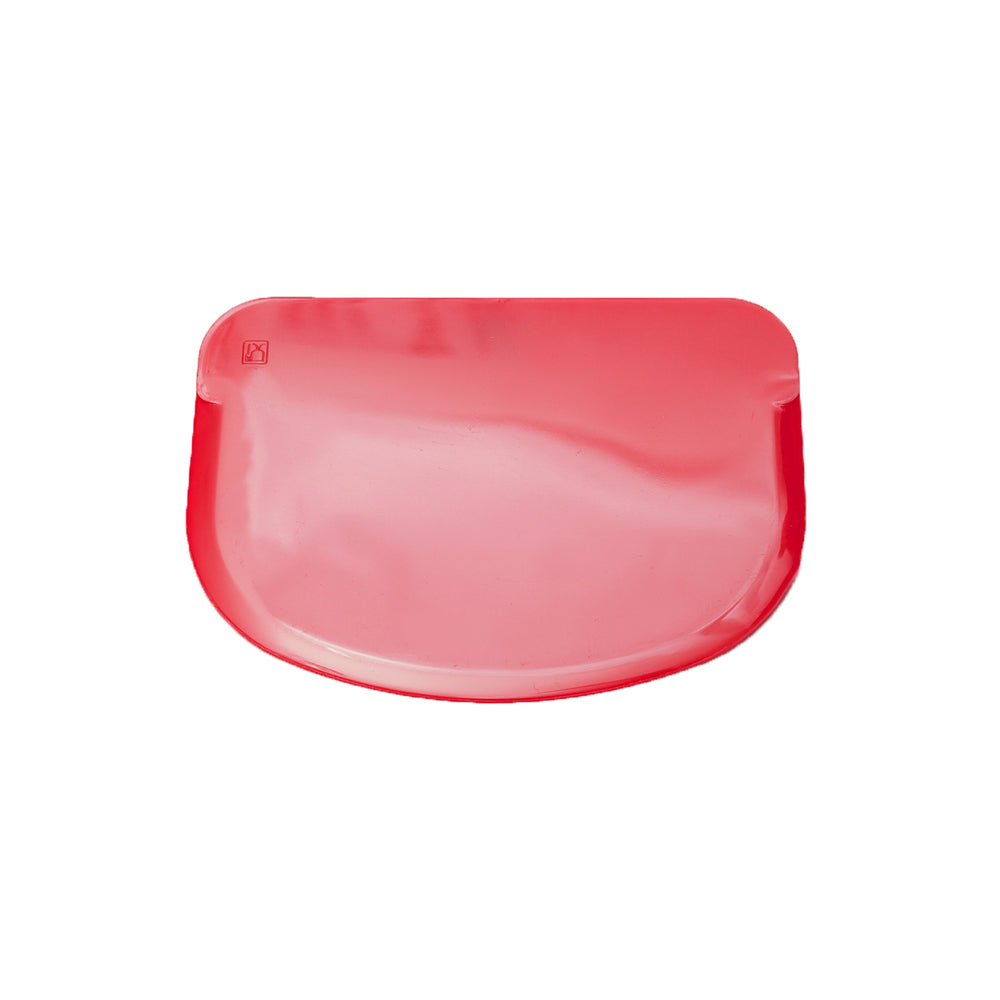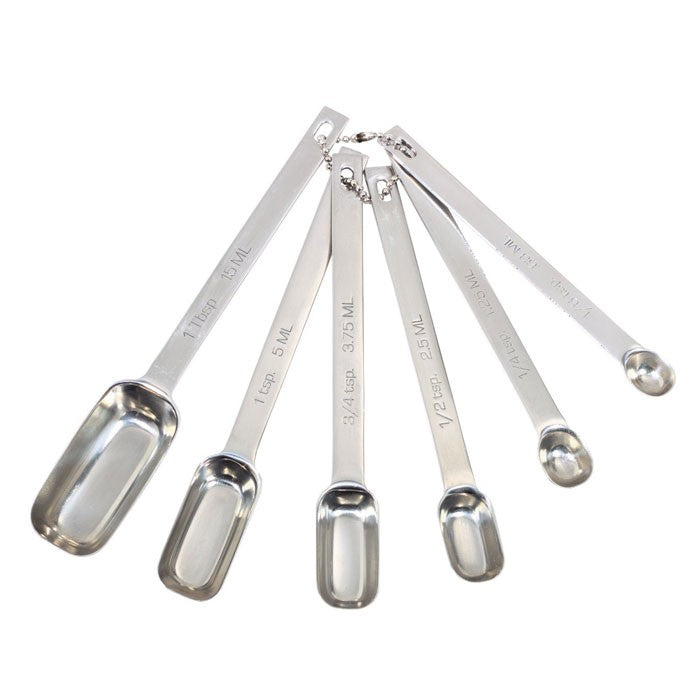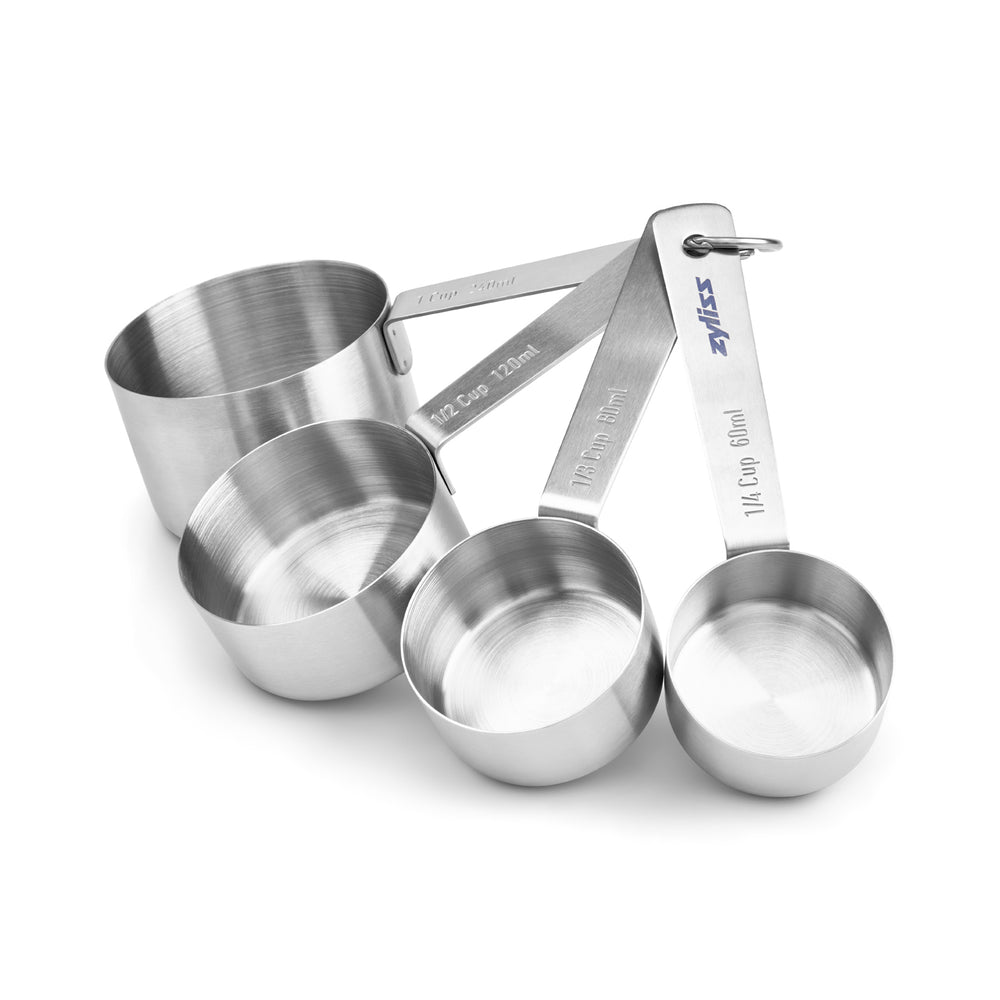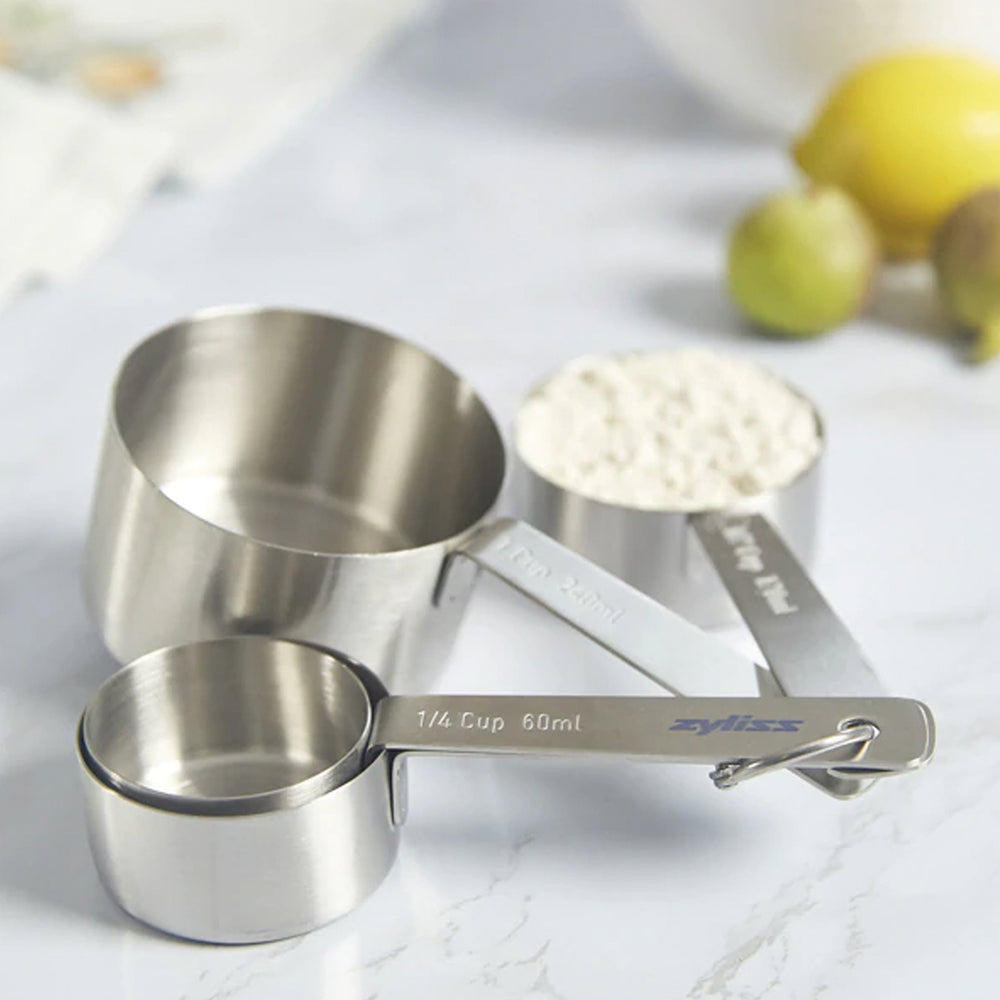Recipe: Beef Shin and Guinness Pie
Equipment
- Saute Pan or Saute Casserole with a Lid
- Springform Cake Tin
- Chef’s Knife
- Mixing Bowl
- Strainer or Sieve
- Spatula
- Wire Skimmer or Slotted Spatula
- Rolling Pin
- Pastry Brush
- Sealable Container
- Cooking Twine
- Cooling Rack
Ingredients
800g good-quality beef shin, cut into large 2 inch pieces
440ml Guinness stout
1 tbsp beef fat or lard
150g lardons
40g plain flour
8g salt
1g freshly ground black pepper
2 large carrots, roughly diced
2 large sticks of celery, roughly diced
3 small onions, roughly diced
5 gloves of garlic, split in half
1 teaspoon tomato paste
600ml beef stock
2 bay leafs
3 sprigs of rosemary
1/2 bunch of thyme
50ml red wine vinegar
Salt and pepper, to season
70g beef suet
1 egg, beaten, for egg washing
Method
- Marinate the beef shin pieces in Guiness overnight, or for at least four hours. The enzymes in the Guinness will help to soften the beef.
- Preheat the oven to 120°C fan. Strain the Guinness off the beef shin, reserving the liquid for deglazing the pan later. Let the beef drip dry in the strainer.
- In a heavy-based saute pan or saute casserole with a lid (make sure it fits in your oven!), add the beef fat and cook over a medium-high heat. Once melted, add the lardons. Fry until consistently caramelised and crispy. Using a wire skimmer or slotted spatula, remove from the pan and reserve on a plate, making sure to keep as much fat in the pan as possible.
- Combine flour, salt and ground pepper and mix with the marinated and drained beef shin. Making sure the beef chunks are completely coated in flour.
- Reserve any excess flour. In the same pan you used for the lardons, fry the coated beef, ensuring that the pan isn’t too crowded. (Fry in batches, if needed.) This is where most of the flavour comes from, so make sure to take your time to get deep caramelisation on every piece. If you see some colour sticking to the pan, move the caramelising beef around the pan to clean it off - this is called the fond and is all flavour, so don’t waste it. After each batch is caramelised, reserve it alongside the lardons.
- Once all the beef has finished being cooked, add all of the carrots, celery, onion, and garlic. Cook over a medium heat, using the vegetables to deglaze any left over fond, until there is a bit of colour on the vegetables (roughly 10 minutes). You want some caramelisation from the vegetables as their sweetness will help to balance the Guinness.
- Once the vegetables are nicely coloured, add the tomato paste and a teaspoon of the reserved beef flour. Cook for a further 5 minutes. You’ll know the tomato paste is cooked out properly when the oil turns a deep reddish amber.
- Turn the heat up to high and deglaze the pan with the reserved Guinness. Reduce by half before adding the stock. Bring the stock to the boil before turning off the heat and adding your caramelised beef and lardons. Tie the bay leaves, rosemary, and thyme together with butcher’s string and add it to the pan, making sure everything is submerged. Cover with a tight fitting lid before placing in the oven at 120°C for 4 hours.
- After 4 hours, the beef should have a fall-apart texture. Carefully spoon all the contents into a sealable container using a wire skimmer or slotted spatula, leaving just the liquid in the pan. Place the pan on the hob on a medium high heat and reduce the liquid by 2/3. Carefully pour the liquid over the beef and allow all to cool completely (ideally overnight in the fridge).
- While the filling cools, prepare the pie crust. Remove the base dough from the fridge, let it rest at room temperature for 10 minutes, and begin to roll it out on a lightly floured surface. You’ll need to roll it at least an inch and a half larger than your pie dish, and it should be roughly the thickness of a pound coin. Carefully place the dough into a loose-bottomed cake tin, which will be your pie dish. Press the dough into the corners of the tin using either a rolled up piece of clingfilm or any excess dough. You should have at least 1cm of excess over the tin. Make sure that the dough is pushed right into the corners firmly, as any air pockets may cause the dough to collapse. You also want to make sure that there are no cracks in the case, as that will cause the filling to leak. Once the case has been lined, place it back into the fridge to chill.
- Now prepare the top crust of the pie. Repeat the rolling process as you did for the pie base, but this time, do it on a piece of baking parchment instead of a floured work surface. Once rolled, carefully brush a small amount of water over the surface of dough, before sprinkling 50g of beef suet in a single layer over half of the dough. Fold the empty half over the suet-covered half and gently roll the two halves into each other with the suet in between. Brush the surface of the dough (now in a semi-circle) with water and add the remaining 20g suet over the bottom half of the semi-circle. Again, fold over the dough to sandwich the suet between the two quarters of dough, before gently rolling together. You should now have a dough, a quarter of the original size, with suet sandwiched between each layer. This will help create layers between the dough for a flaky lid. Place the lid into the fridge, wrapped in the parchment.
- Once all the ingredients have been chilled to fridge temperature, you can begin to assemble the pie. Heat the oven to 180°C fan. Carefully fill the crust-lined pie dish with the filling, making sure to gently push the filling into the corners as much as possible. Remove the lid from the fridge and roll it out so it is roughly 1cm larger than the cake tin, about 5mm in thickness. Gently brush the edge of the dough with water, and carefully lay the lid on the pie. With your middle finger, index finger, and thumb, crimp the sides and the lids together, pushing your thumb between your index and middle finger with the dough in between. This will give a nice shape and also fix the two doughs together. Turn the pie, crimping as you do. Once both edges have been completely sealed together, trim off any excess dough from the edges and liberally brush the lid with egg wash (egg beaten with a bit of water). Poke a small hole in the centre of the pie to allow steam to release as it cooks, before placing it in the oven. Bake for 20 minutes, before lowering the temperature to 170°C fan and cooking for another 20 minutes.
- Remove from the oven and leave to stand on a cooling rack for 10 minutes, before carefully removing it from the cake tin and portioning. Enjoy alongside buttery mash and a zingy rocket salad.
BK Tips
- This is a labour-intensive pie that is completely worth the effort. We recommend assembling the pie a day before serving, especially if you are entertaining guests. It will keep in the fridge for 3 days.
Make John's recipe for Plum and Blueberry Tart with White Chocolate Crumble. It uses the same Foolproof Shortcrust recipe.
















